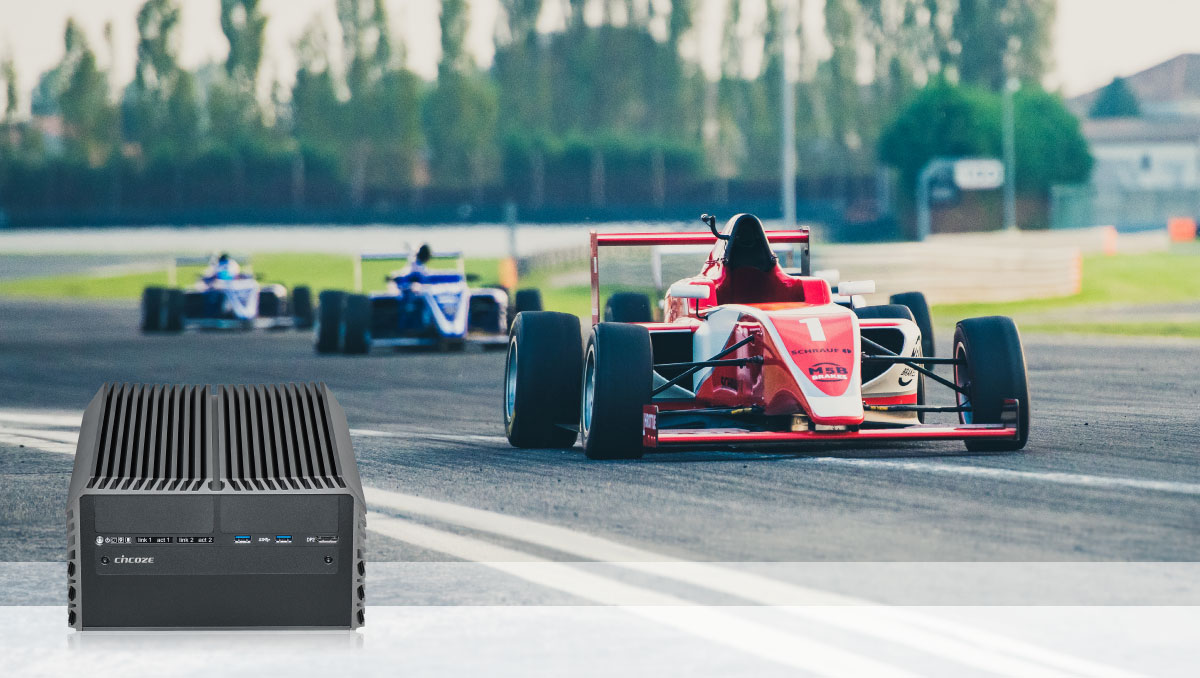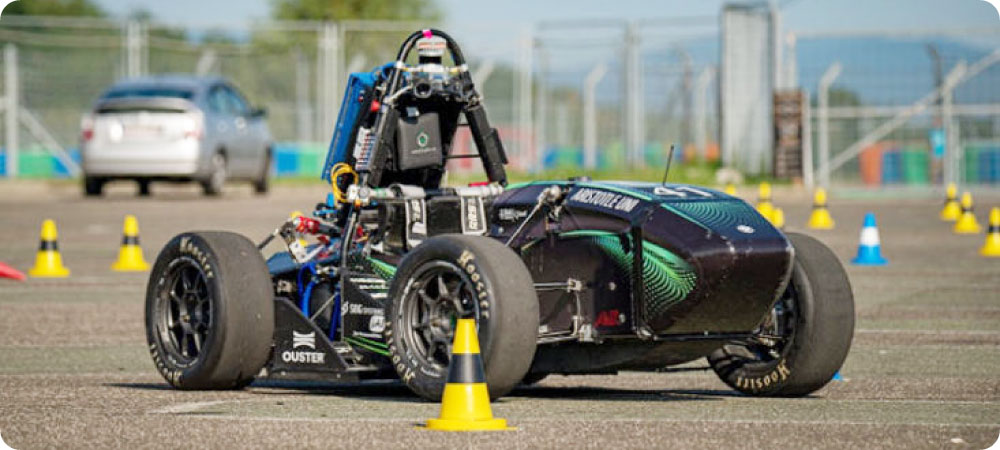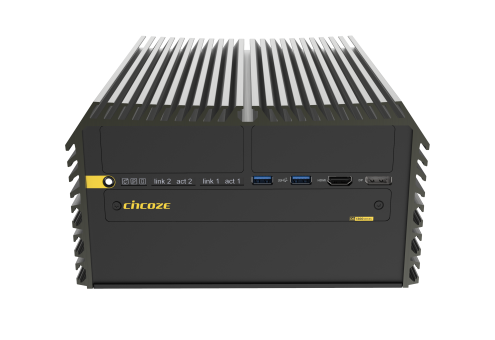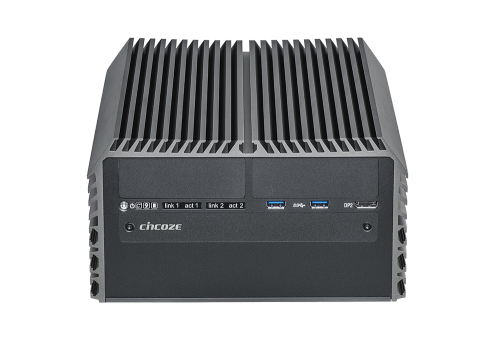
Industry-University Partnership Drives Hands-On AI Learning
Driving a race car around a track is nerve-wracking enough. Now rev that concept up a gear to include an autonomous race car. A self-driving vehicle that can perform at blinding speed while negotiating banked curves and other cars without incident might seem like an impossible feat. But it’s precisely what drives a partnership between Aristurtle, a Greek student car-racing team from the Aristotle University of Thessaloniki, and Cincoze, supplier of rugged embedded computing solutions. Using the Cincoze DS-1202 embedded computer gave the racing team a boost in the Formula Student competitions, an international engineering design competition that gives students a platform to experience, build, and learn about race cars.
— by insight.tech
Edge AI for an Autonomous Race Car
The Aristurtle team had previously entered the competition with its electric race cars. But during the 2020-2021 competition season, the team decided to develop its first autonomous vehicle [Figure 1]. Deciding not to reinvent the wheel from scratch, they modeled their autonomous race car on a previous season’s electric vehicle.

Figure 1. The Aristurtle racing team was able to build its very first autonomous race car, thanks to Cincoze’s DS-1202 system and Intel® Core™ i7-9700TE processors.
“Since we used a previously developed vehicle by our team as a base for our autonomous solution, we needed to ensure software and hardware compatibility between the autonomous pipeline and the rest of the vehicle’s electronic systems, in order to minimize unnecessary and time-consuming changes,” says Nikos Kotarelas, Autonomous System Alumnus Member for Aristurtle.
As expected, it was not a simple cut-and-paste endeavor. Achieving human-like perception and sensing were immediate challenges, according to Cindy Lin, Senior Marketing Manager at Cincoze. “Autonomous race cars rely heavily on sensors to navigate the track and avoid obstacles,” Lin points out. “In reality, there may be many other unpredictable factors that can affect sensor accuracy, such as weather and environmental conditions.”
The team found developing autonomous driving software was time-intensive and required expertise in many areas, including software engineering, robotics, computer vision, and artificial intelligence.
Integration of the steering and brake actuators as well as the processing unit on the vehicle proved to be one of the most difficult tasks since the autonomous vehicle had to be drivable by a person as required by the competition’s rules, Kotarelas explains. As a result, the space available for placing these systems in the vehicle was limited.
Read full article

